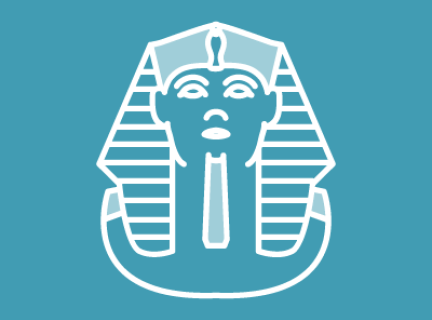Learning Options (K-12)
There are many B.C. education options for K-12 students, both outside and within the public school system:
- Independent (private) schools
- Indigenous education
- French immersion
- Home schooling
- Distributed (distance) learning
- Personalized education plans
- Learning supports for those who learn differently, English language learners and newcomers
Useful Websites
Digital Library Resources
Recommended Titles
Brain School: Stories of Children with Learning Disabilities and Attention Disorders Who Changed Their Lives by Improving Their Cognitive Functioning
371.9 E14b
2011
Mr. Eaton discusses how difficult it was for him to move from traditional remediation methods for learning disabilities to seeing the new possibilities due to the ability of the brain to change itself.
Home Schooling: From the Extreme to the Mainstream
371.3028 B29h
2007
Home schooling, the leading form of education in North America during parts of the 19th century, is making a comeback in the 21st century. Home-schoolers today may make up as much as 3.4 percent of the school-aged population in the U.S. and 1.0 percent in Canada.
Schooling and Cultural Autonomy: A Canada-Wide Study in Francophone Minority Schools
370.971 L26s
2010
Presents a Canada-wide social and linguistic profile of Grade 11 students attending French-language high schools in the Francophone school boards of the Fédération nationales des conseils scolaires francophones (FNCSF).
Students from Refugee Backgrounds: A Guide for Teachers and Schools
371.826914 S93b
2015
Guides teachers and other school personnel to assist them in welcoming and supporting students and families who have come from a refugee background.




